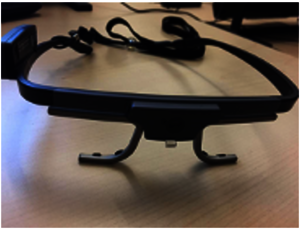Eye Tracking
The course covers aspects of eye-tracking theory, methodology and applications. It is primarily intended for PhD students, but Master's students are welcome too. No previous knowledge is required to participate.
The course focuses on a project preparation and planning (including creating a pilot experiment), with the assumption that the student will perform an eye-tracking experiment shortly after the course.
Examination includes:
1) a project plan using eye tracking, 2) a pilot experiment and analysis (reported on in the project plan). The project plan is an approximately 4-6 page description of a study that you could perform using eye-tracking. You briefly present the theory behind the study, and then carefully describe the method, how you designed the experiment, what eye-tracker you use, how you perform the analysis and why you chose the specific measures you use in your analysis. You then discuss the pilot you have performed and report pilot results in 1-2 figures together with an explanatory text. Finally, briefly discuss what you have learned from the pilot (either towards answering your hypothesis or as input for a next design iteration). The focus is on the method description of how you use eye tracking, not the theory/introduction.
Course material:
Optional (and recommended) reading:
Eye Tracking: A comprehensive guide to methods and measures
Fot info and applications, contact: diederick_c.niehorsterhumlab.luse.

